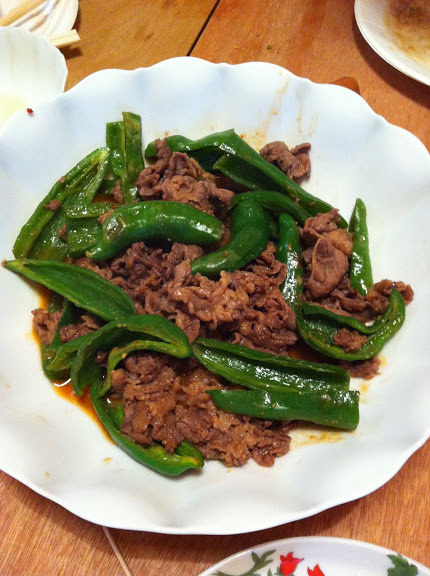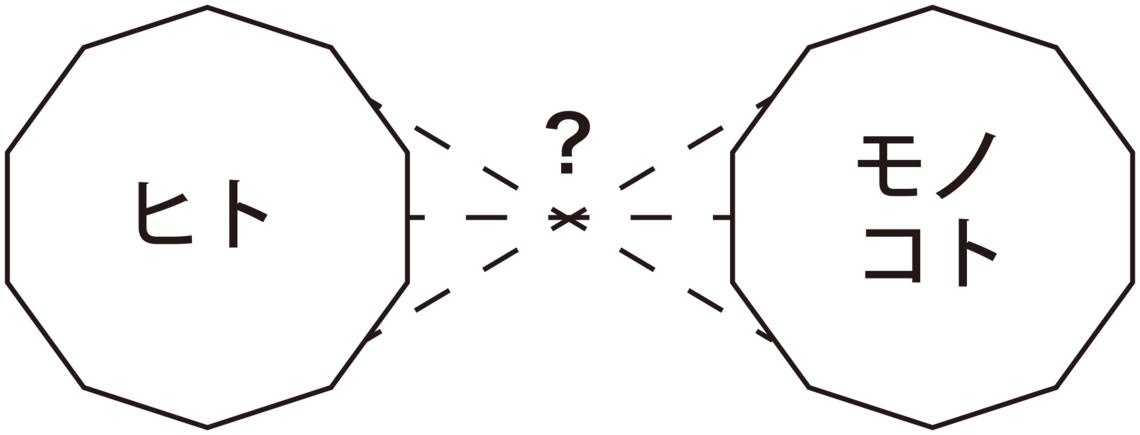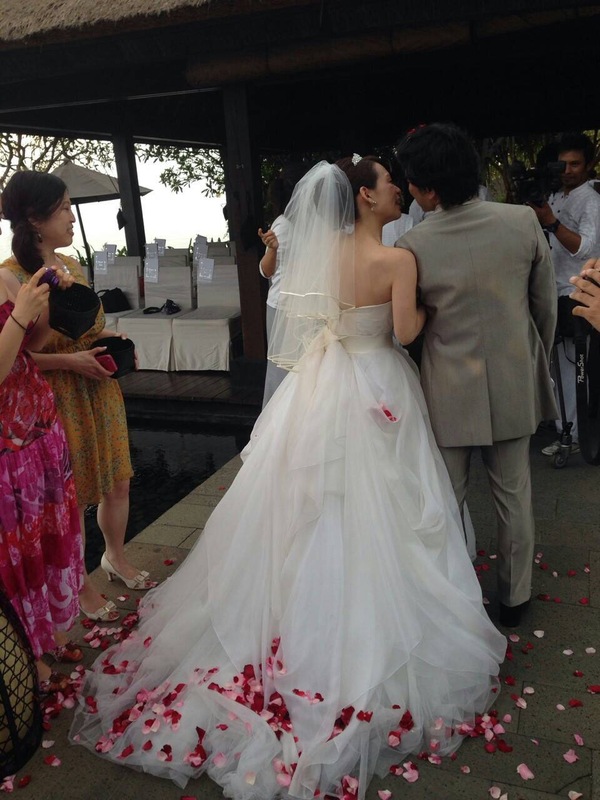My senior colleague J at the company spends his summers relaxing in Tateshina after retiring. It's become a yearly tradition for us younger folks to visit and hang out with him.
What's enjoyable? The fresh vegetables and fruits bought at the farmers' market. Tomatoes, cucumbers, and lettuce are cheap, of course. You can get all sorts of unusual things: corinque squash that tastes great raw when marinated in dressing, rhubarb that's delightfully tart when made into canned pineapple or jam, and beets that turn everything around you a deep crimson—almost like a sea of blood—after simmering for 30 minutes in a pot, but then peel off effortlessly.
 |
 |
Horse sashimi
|
Stir-fried horse meat
|
Another delight is finding horse meat readily available at regular butcher shops from Nagano to Yamanashi. Unlike Kumamoto, where fatty cuts like mane meat are prized, this region favors lean cuts exclusively. Horse sashimi with garlic soy sauce is excellent. Thinly sliced, tender, and mild-flavored horse meat stir-fried with local vegetables in a Chinese style makes the ultimate side dish.
 |
One of these is a "drunkard"
|
For drinks, we choose either Suwa's local sake "Masumi" or J-san's favorite Niigata "Tsururei". Among our group, there are fools who can't tell these fine sakes apart from cooking sake even when tasting them side by side. But nights spent eating, drinking, playing cards, singing, dancing, getting scolded, and talking late into the night are the best.
 |
Good night
|
These same members are work colleagues back in Tokyo. We have heated debates. One day, we were discussing the target audience for a chocolate product under development.
"Like, maybe a 20-something office lady giving it as a playful gift to a friend?"
"But 'office ladies in their 20s' covers all sorts of types, right? Career-driven cool types like Oggi, proper and well-behaved types like With, popular types like CanCam, slightly cute and girly types like Sweet. Which segment should be our target this time?"
Hmm. Lately, when marketing departments at ad agencies discuss female targets, using "magazines" as a lens seems to be a bit of a trend. Magazines are indeed a convenient perspective reflecting readers' lifestyles and values. It's probably more effective than simple gender × age. But even doing this kind of standardized work doesn't guarantee sufficient discussion. In reality, standing on the sales floor and seeing the faces of customers actually buying the products, you end up stunned by the gap between that carefully designed "target image" and reality.
 |
People/Things Diagram
|
What we must consider is the new connection between "People (their feelings)" and "Things/Experiences." Therefore, the target must ultimately be defined not by gender × age or vague lifestyles, but by "feelings."
For example, sentiments like "Chocolate is a reward, so the prestige of a famous chocolatier is fitting," "Playfulness and humor enhance chocolate's inherent enjoyment," or "Sweet is good enough, as long as it's sweet" are precisely what distinguish the target audience from others. In other words, anyone who shares that sentiment becomes a target—whether they're middle-aged men or women, young or old.
Beyond "magazines," there are surely many other good opportunities and powerful tools for thinking about your target audience. But if the means become the end, thinking "as long as I consider that, I'll be fine," it's just mental laziness. I believe what's truly important isn't just fiddling with easy-to-handle objective data, but delving into the complex and mysterious inner workings of human beings.
Sorry for rambling on about such boring stuff. Oh, right! Speaking of which, regulars Y and I from the Tateshina retreat have happily tied the knot!! Hooray! Hooray! Time for a big celebratory toast next time.
 |
Congratulations!
|
Please enjoy!








